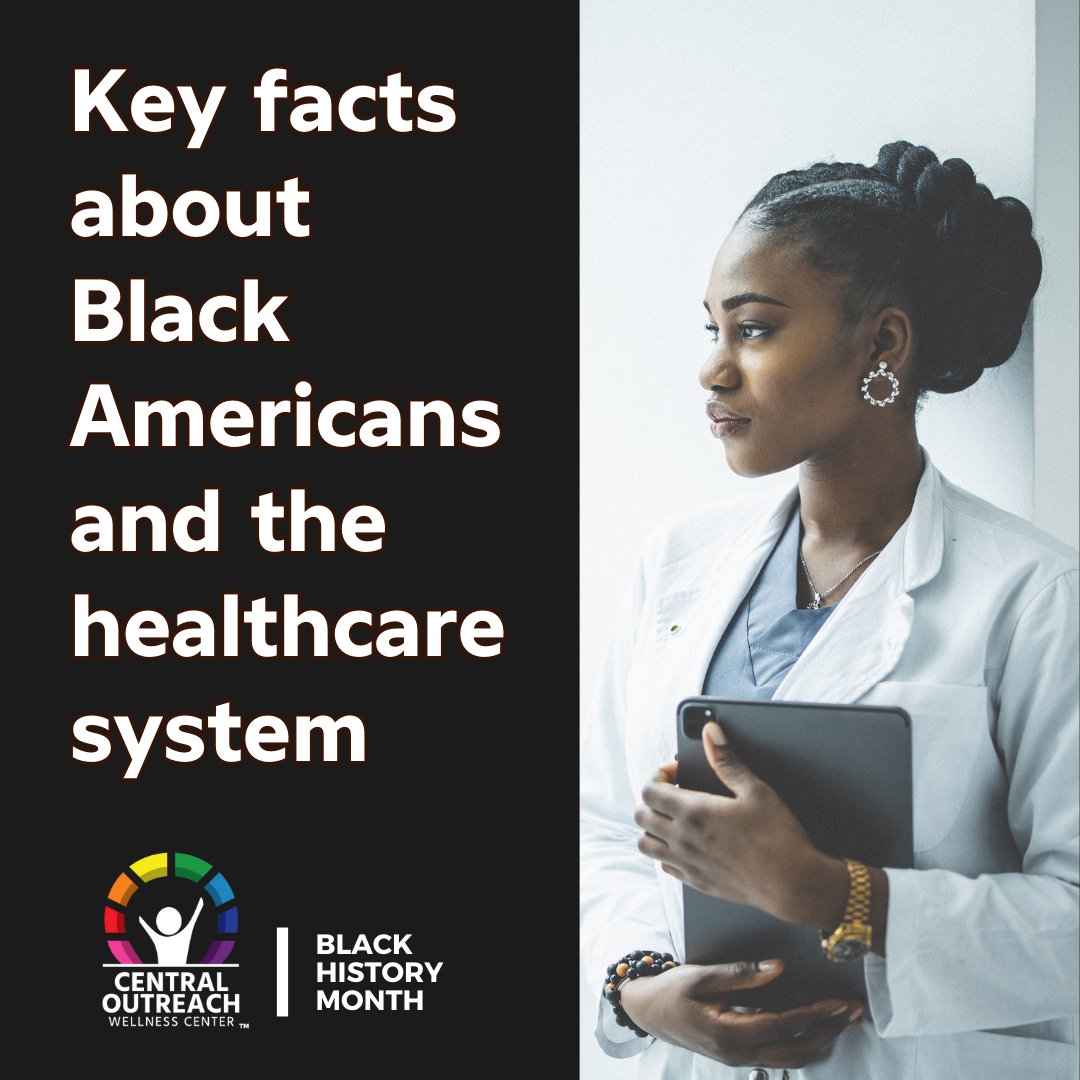
While navigating the landscape of healthcare in America, Black Americans encounter obstacles built into the system that impact their health, well-being, and livelihood. From HIV prevention discrepancies to barriers in accessing mental health support, here are a few important statistics that touch on the inconsistencies, inequalities, and inequities in the healthcare system that Black Americans face regularly.
- Black LGBTQ+ individuals may face a higher risk of getting HIV/AIDS
Although Black Americans represent almost 13% of the U.S. population, they accounted for 42.1% of HIV infection cases in 2019. According to the U.S. Department of Health and Human Services Office of Minority Health, Black people are also about 6 to 14.5 times more likely to die of HIV than white people, which has to do with limited access to treatment
- There is a notorious gap in PrEP access amongst Black versus white people.
A study from the CDC found that 13% of Black people who could benefit from PrEP have been prescribed it while 94% of White people who could benefit from PrEP have been prescribed it. According to AIDSVu, a digital map that traces HIV, 42% of new HIV diagnoses in 2022 were found in Black Americans, but only 14% of PrEP users that year were Black.
Some of the barriers Black Americans face when trying to find PrEP include driving distance and lack of insurance access, which prevents necessary lab work from being done for STI and HIV screenings.
- Black transgender Americans experience hurdles to gender-affirming healthcare
Accessing gender-affirming healthcare can pose challenges for Black transgender Americans, resulting in disparities in both mental and physical health outcomes. A study by the National Library of Medicine found that some of the barriers Black transgender people faced, specifically trans women, included financial barriers, a limited number of gender-affirming clinicians, discrimination based on assumed substance use, and their HIV status.
- Mental health issues disproportionately impact black people.
In 2020 the U.S. Department of Health & Human Services’ Office of Minority Health found that suicide was the third leading cause of death for Black Americans ages 15 to 24.
Black Americans below the poverty level are twice as likely to report serious psychological distress compared to those with incomes exceeding twice the poverty level. Childhood and adult poverty can lead to mental health issues due to social stresses, stigma, and trauma.
- There's a lower likelihood for Black patients to have Black doctors, a factor that has the potential to save lives.
Recent data from the Association of American Medical Colleges reveals that only about 5.7% of physicians in the United States identify as Black or African American, in contrast to Black people making up an estimated 13% of the American population.
Considering the history of how Black Americans were treated in medicine, like the Tuskegee Syphilis Experiment, historical trauma has led to distrust of the medical system. But this trust can be repaired, even save lives with greater Black representation in the healthcare systems. It’s as impactful as this: when Black doctors take care of Black patients, it can reduce the disparity in cardiovascular deaths between white and Black patients by up to 19%.
Removing barriers to care
From the start, Central Outreach has been dedicated to eradicating barriers for communities that don’t often receive quality healthcare– HIV+, transgender, low-income, those in recovery, LGBTQ+, and BIPOC individuals. Our staff, from front desk admins to exam room clinicians, to call center operators, all have decades of experience supporting those communities.
This Black History Month, we are reminded of our mission to strive to understand what our client's needs are and how we can treat them holistically.

